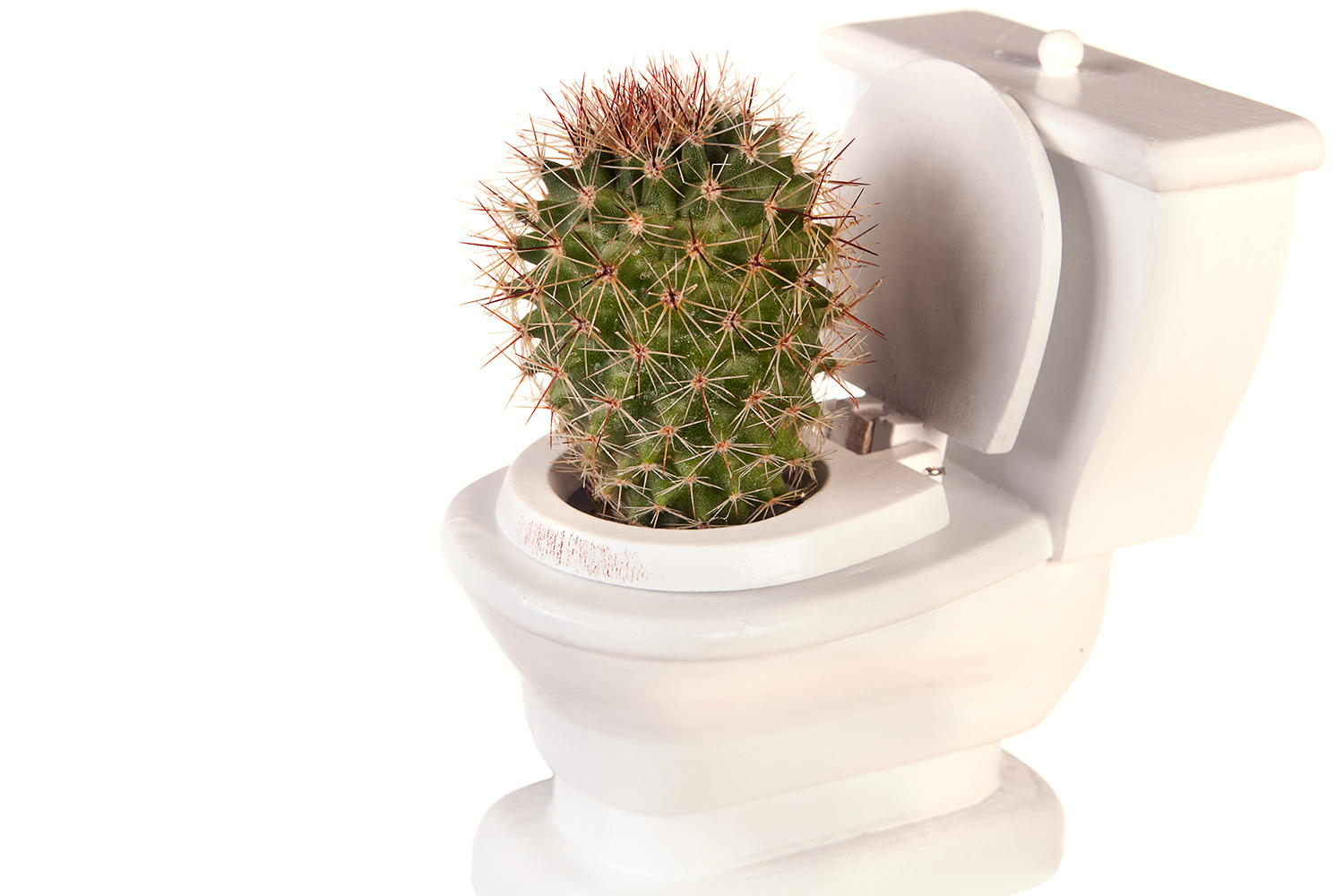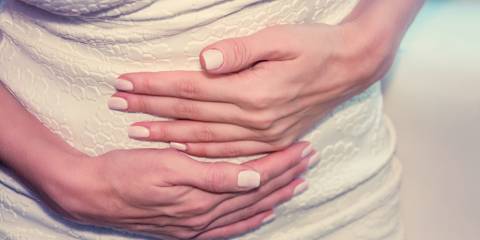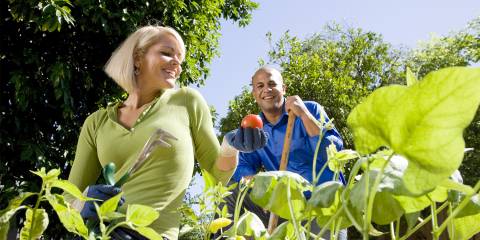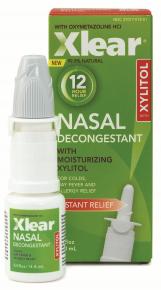According to Google Zeitgeist, which tracks and analyzes more than 1 trillion online queries, “hemorrhoids” topped the list of health complaints in 2012. But does that mean you have to take matters sitting down?
No. First, as the data indicates, you’re not alone. According to the National Institute of Health (NIH), hemorrhoids—which are swollen and inflamed veins in the lower part of the rectum or anus—affect 75 percent of people at some point in their lives. Hemorrhoids are most common in adults 45 to 65, as well as pregnant women. Obesity and a sedentary lifestyle can contribute.
What Causes Hemorrhoids?
Second, let’s look at some facts: By and large, hemorrhoids are caused by increase pressure in the veins of the anus. Internal hemorrhoids form inside the rectum. External hemorrhoids form near the anal opening.
Straining during bowel movements and constipation can cause hemorrhoids to bleed and occasionally push through the anal opening. This is known as a protruding or prolapsed hemorrhoid. This situation can be a real pain in your . . . life.
On occasion, blood pools in an external hemorrhoid and forms a clot, which can result in severe pain, swelling, and inflammation. Blood that is dark red or black is a reason to call your health care professional. It can be a sign of something serious.
Symptoms of Hemorrhoids
But the common symptoms for hemorrhoids—aside from itching, pain during bowel movements, and/or lumps near the anus—include bright red blood on toilet tissue, the stool, or in the toilet bowl.
Many over-the-counter creams help people feel more comfortable, but they often don’t get rid of the internal hemorrhoids that cause bleeding. For those who prefer natural remedies, soaking regularly in a warm bath can relieve mild symptoms.
Hemorrhoid Prevention
But how do you avoid hemorrhoids altogether? It turns out that natural remedies are the most effective. Follow these steps for relief.
- Eat high-fiber foods (fruits, vegetables, whole grains, psyllium in water).
- Drink plenty of fluids.
- Exercise regularly.
- Up your intake of bioflavonoids (found in citrus fruits), which are thought to decrease inflammation.
- Try butcher’s broom. It has a long history of treating hemorrhoids and varicose veins by toning the integrity of veins and shrinking swollen tissue. Butcher’s broom can be found in capsule or tea form.
- Triphala, which is an Ayurvedic compound of three fruits, is a well-known “bowel tonic." It relieves constipation without being a harsh stimulant.



